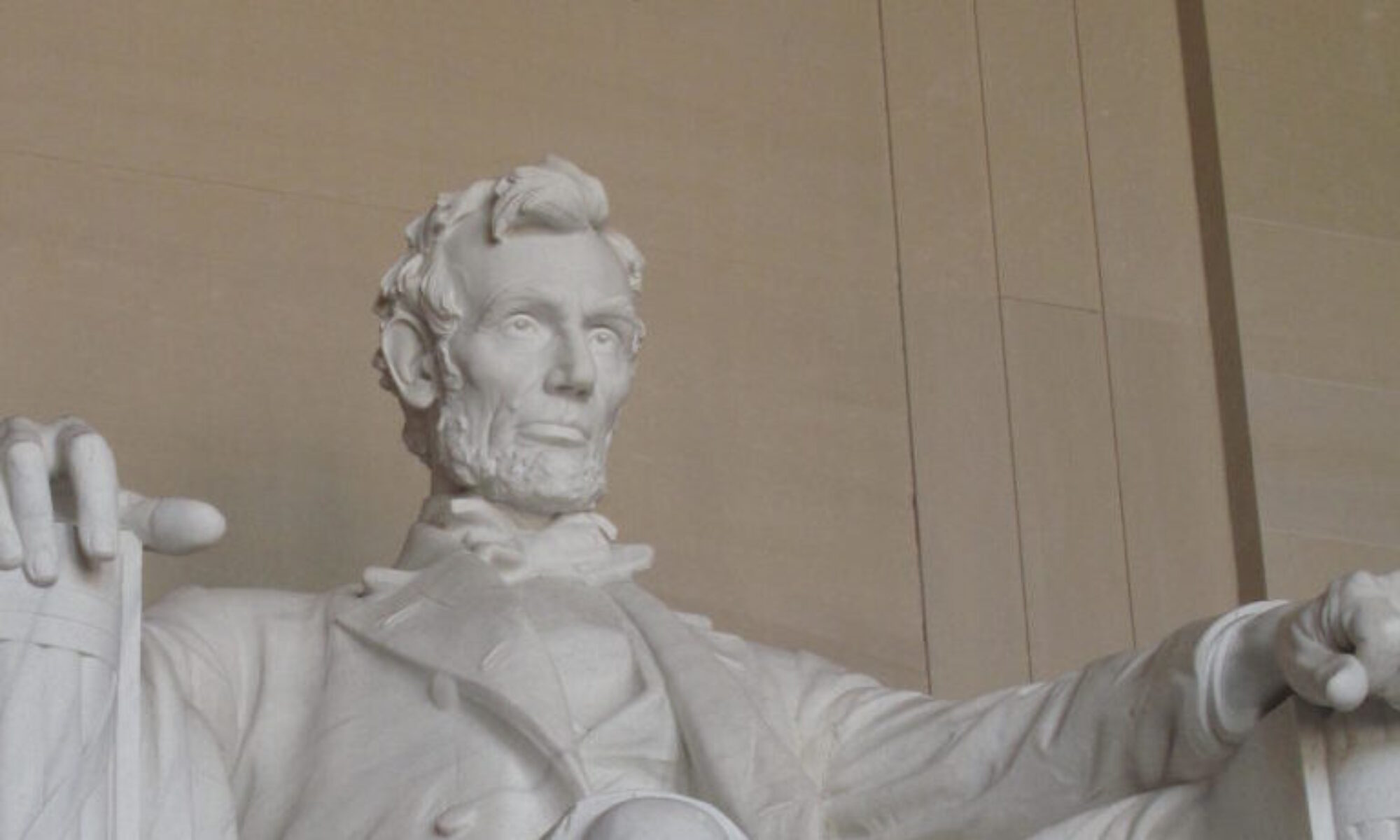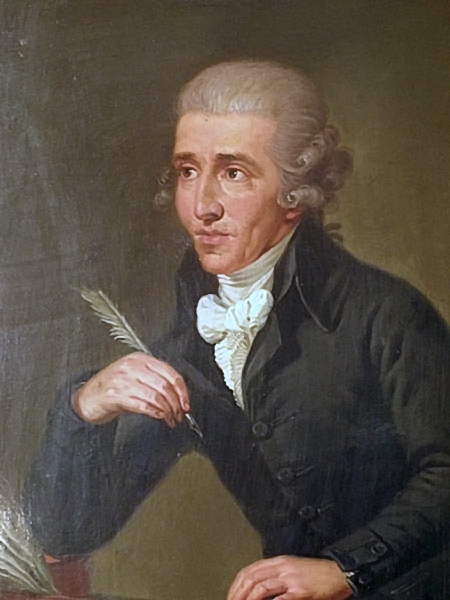This weekend is the occasion of the 280th anniversary of the birth of Franz Joseph Haydn, one of the giants of western musical expression and and somewhat under- appreciatedinnovator in bring ‘classical’ music into the form we know it today. I find myself pulled lately into communion with Haydn’s music, retreating again and again into its ordered, civilized and uplifting beauty in this difficult modern time of ‘Sturm undDrang’. Haydn encapsulated the image of the almost perfect genius. He was clever and funny, he was self effacing, he was loyal, he was liked by almost everybody, and most of all he was good and only got better, in a singularly directed curve to greatness stopped only by his death.
Haydn did not start out the universally loved and respected Papa Haydn. He was born of relatively common circumstances on March 31st, 1732 in the little Austrian town of Rohrau in the shadow of the principality of the Esterhazy family that ruled nearby Hungary. He showed early musical talent but for the most part was forced to gain a musical education piecemeal and informally, freelancing his way to the very infrequent profitable performer’s job and means of assuaging his ever-present hunger. One forgets that obtaining a consistent access to food was a driving force in most people’s lives at that time who were not born of wealthy circumstances. The unknown historical imprint of Haydn might have ended there, had his particular skill at composition rather than performance not become evident to others. It was his innate ability to produce original musical themes that brought him eventually to the attention of CountEsterhazy, who became Haydn’s benefactor through most of his adult life. Haydn became the court appointed kapellmeister, and with it, the exposure of the regional world to Haydn’s organizational talents and prodigious work ethic. With a consistent income (and therefore food) to provide fuel for his talents, Haydn over the next decades threw himself into all musical forms, and re-fashioned many of them into the structures we know of today. He produced sonatas and concertos for performers that had mature structure, recurring themes, and cohesiveness that brought out the music into a mature, listenable form that highlighted the performer’s gifts. He expanded the sonata form into new musical devices known as symphony and string quartet that utilized the various instrumental voices that stringed instruments were beginning to provide as the recent technological advances to make the instruments had made possible. He provided the structural bridge from the monumental but removed stylings of Bach and Handel to the elevated classicism of Mozart and finally to the romantic everyman idealism of Beethoven. And Haydn did it with supreme grace and respect such that all that took the bridge recognized him as the indispensable piece in their own development.
The music he created though was more than a bridge. It was an original expression of personal genius that has held up well over the centuries as others equally renownedhave fallen away. It is captured in both supreme compositional skill as well as beautiful melody. One hears the sublime pride Haydn felt in his homeland’s history and beauty in the magnificent melody of the third movement of the Emperor String Quartet, that eventually became the German national anthem. The stirring of the performance artist as not just an echo of symphonic expression but the elevated musical voice of talent to be enjoyed and recognized for its own sake is the dominant imprint of the unforgettable Cello Concerto in C Major. The series of ever expanding complexities culminating in the magnificent London Symphonies gave Beethoven the freedom to make the Symphony the supreme musical venue for the composer’s expression.
The catalogue of available Haydn music is immense, and frankly, almost all of it a delight of renewed appreciation of his gifts to any who will take the time to listen to the various forms. A surprise is in store for the investigator who re-looks at Haydn’s productive later years. Freed from the demands of the compositional requirements of the court, Haydn achieved a world status with his time in London and became independently wealthy. He no longer had to create for the intimacies of the court, but could afford to take the extended time and energy that more profound musical expressions required to devise. Haydn, whose reputation for civilized, intimate composition dominates, proved every bit the Olympian composer that later reputations for Beethoven and Brahms were later secured. Haydn’s epic masterpiece, The Creation, evokes the same exaltation and profundity that is credited to Beethoven’s Ninth or Verdi’s Requiem. The expanded and ethereal buildup that leads to Haydn’s musical inspiration of God’s divine impulse to bathe His creation of heaven and earth in Light as single pizzicato note, makes the glory of the exposed divine creation in the beautiful noise to follow a moment of great theater on par with any in music, and has caused audiences to gasp and cry at the revealed Truth for centuries. See for yourself as to whether your own emotions match the audiences of the centuries since at around 8’20” onward of the Creation moment in the third video below if you don’t have the patience to appreciate the entire performance. The deeply religious Haydn has left for all time a monument to his devotion and thanks to the God of Creation that had given him the ability to express what others could only feel. For our time, Haydn’s magnificent gifts to all of us continue to bring joy and appreciation for the beauty of His creation and our need to do what we can to preserve it. And God said, Let there be Light – and through His creation that brought us Franz Joseph Haydn – There was Light.

